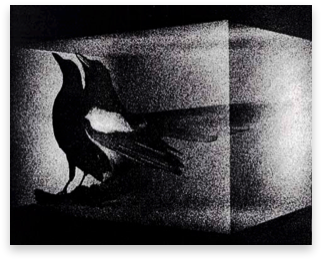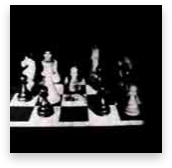Related post
World’s First Permanent Projection Mapping Show on Cinema Façade
Jun 22, 2017
|
Comments Off on World’s First Permanent Projection Mapping Show on Cinema Façade
2077
Shape in Scapes – Transporting architecture into audio-video performance
Mar 07, 2017
|
Comments Off on Shape in Scapes – Transporting architecture into audio-video performance
3315
Become a Dust Particle in This VR Performance
Apr 21, 2017
|
Comments Off on Become a Dust Particle in This VR Performance
2325





